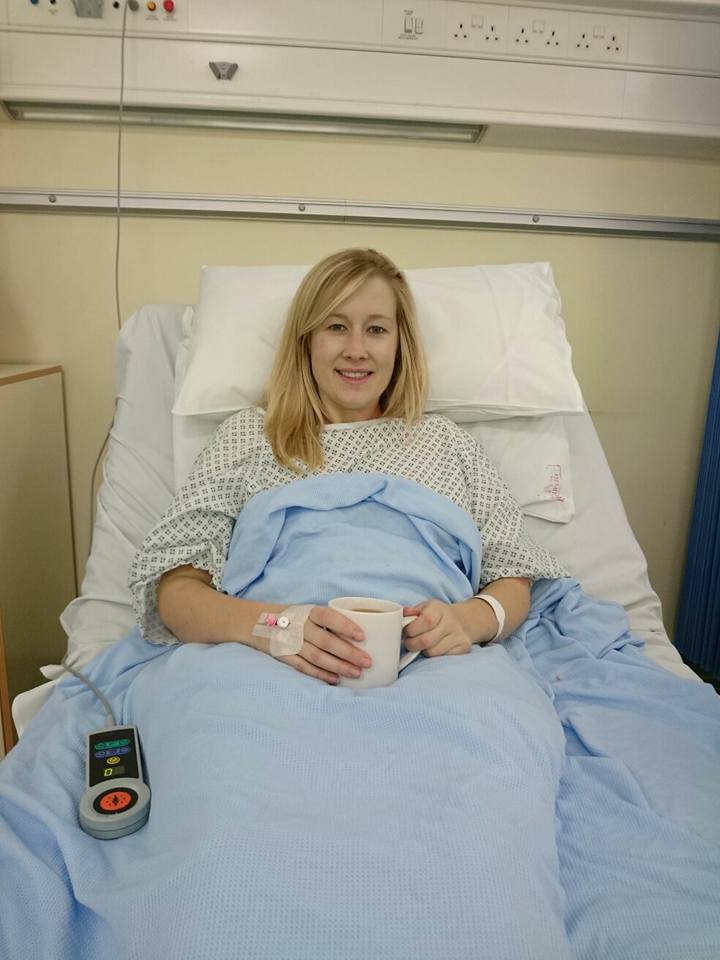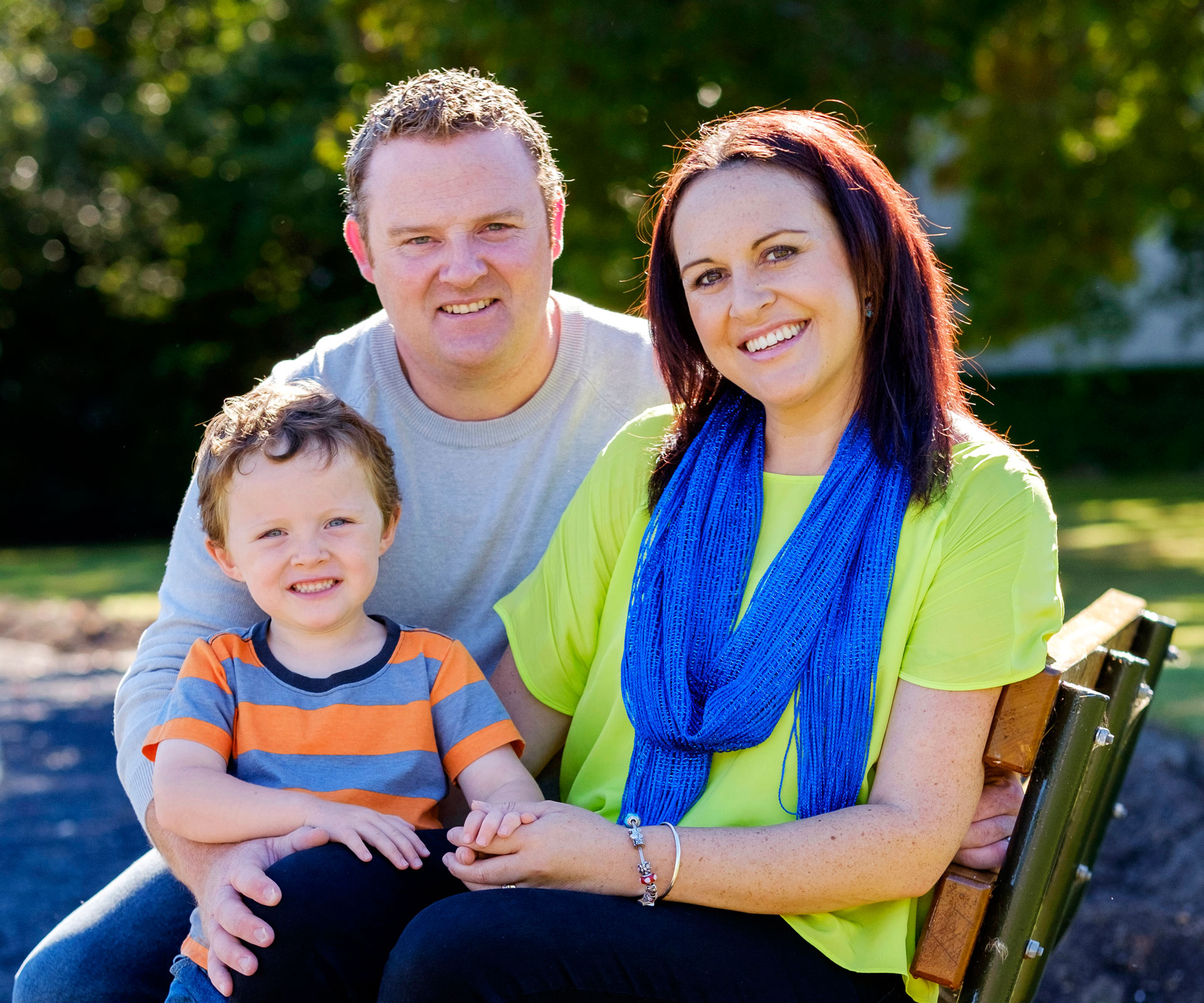A 27-year-old suffering with breast cancer has shared her lifesaving tip for spotting lumps, after sharing it on Facebook.
Hayley Browning shared her “little trick” to her Facebook page, after finding a lump in her boob while lying flat.
While many breast cancer awareness charities recommend you check your breasts while standing or in the shower, Hayley only discovered hers because she checked her boobs while lying down.
Using the hashtag “laid back lumps” Hayley warned women that her cancer could have grown too big to be treated if she’d waited for it to be detectable while standing.
“Not even the surgeon could feel my lump when I was standing up,” she said.
Since posting over the weekend, Hayley’s trick has had 100,000 shares across the network.
The young woman, who works at cancer charity Marie Curie UK, said everyone had been “complete superstars” for helping the post go viral.
“I am so overwhelmed with all of your support,” she wrote on social media.
Speaking to the MailOnline, Hayley explained that she wasn’t actually checking her breasts when she discovered the lump three weeks ago.
She happened to rest her hand on her inner left breast and realised there was a lump there that hurt.
Luckily, Hayley has caught her cancer early enough for it to be treatable.

The New Zealand Breast Cancer Foundation has three main breast health priorities listed on their site, which are:
Scheduling regular mammograms from the age of 40
Knowing your breasts from the age of 20
Talking to your family doctor about any concerns
They also recommend seeking a GP’s advice if you notice any of the following:
• A new lump or thickening, especially if it is only in one breast
• A change in breast shape or size
• A pain in the breast that is unusual
• A change in the skin of the breast such as:
Puckering or dimpling
Reddening or a rash
• Any change in a nipple, such as:
A turned-in nipple
A discharge that occurs without squeezing
You can get more information on how to check your breasts, and support here.
For more, visit our Facebook page or follow us on Instagram


.jpg)